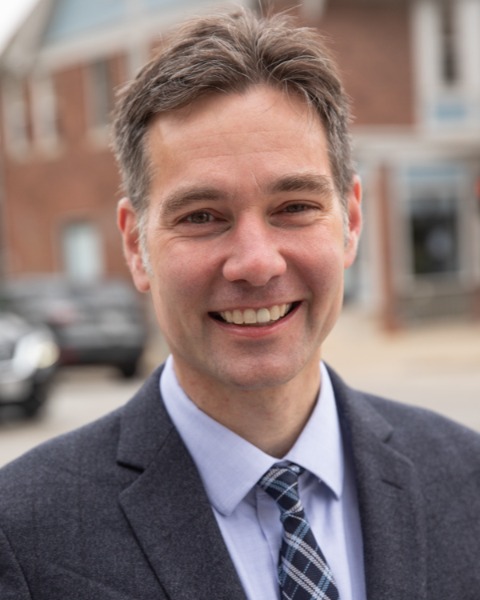Innovation Talks
Transportation and Infrastructure
Essential Ingredients for Traffic Safety in American Cities
Saturday, March 29, 2025
4:00 PM - 4:15 PM CT
Location: 607
CM: .25

Robert J. Schneider, AICP
Professor of Urban Planning
University of Wisconsin-Milwaukee
Milwaukee, WI
Moderator and Speaker(s)
Despite recent efforts to improve traffic safety for pedestrians, bicyclists, and motorists, major cities in the United States have experienced a surge in traffic fatalities since 2010. After a four-decade decrease, the nation’s annual traffic fatality rate increased by eight percent during the 2010s; the largest 100 cities experienced a particularly steep increase — 33 percent. Within these major cities, traffic deaths increased at night, in lower-income neighborhoods, and among pedestrians and bicyclists, highlighting growing inequities in fatality outcomes. However, the news isn’t all bad.
This presentation highlights cities — particularly those with higher population densities; greater transit, pedestrian, and bicycle mode shares; and higher median incomes — that bucked the trend and made modest progress at improving traffic safety during the 2010s. Early-adopter Vision Zero cities also tended to have better outcomes.
Presenters share insights from interviews with planners in cities that have been successful at creating safer street systems, including practical suggestions about goal-setting, public messaging, multimodal roadway design, incentives for mode shift, enforcement, and policies to support local economic investment and compact urban form. Planners can use lessons learned to create safer and more equitable transportation systems in their own communities.
Wordly AI Closed Caption Link
This presentation highlights cities — particularly those with higher population densities; greater transit, pedestrian, and bicycle mode shares; and higher median incomes — that bucked the trend and made modest progress at improving traffic safety during the 2010s. Early-adopter Vision Zero cities also tended to have better outcomes.
Presenters share insights from interviews with planners in cities that have been successful at creating safer street systems, including practical suggestions about goal-setting, public messaging, multimodal roadway design, incentives for mode shift, enforcement, and policies to support local economic investment and compact urban form. Planners can use lessons learned to create safer and more equitable transportation systems in their own communities.
Wordly AI Closed Caption Link
Learning Objectives:
- Understand that the traffic fatality rate in major U.S. cities has surged by 33 percent since 2010.
- Recognize that major city traffic fatality outcomes are increasingly inequitable, with deaths increasing the most at night, in lower-income neighborhoods, and among pedestrians and bicyclists.
- Identify the characteristics of cities that made the most progress at improving traffic safety during the 2010s and implement appropriate planning strategies from these cities in your own community.

.jpg)
.jpg)
.jpg)
.jpg)